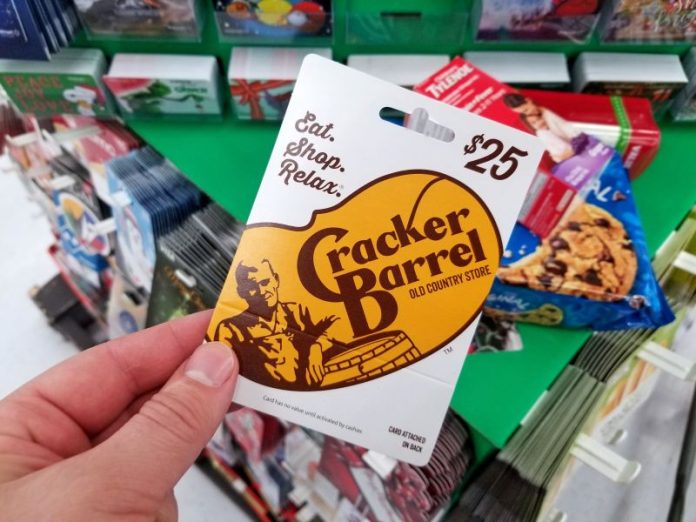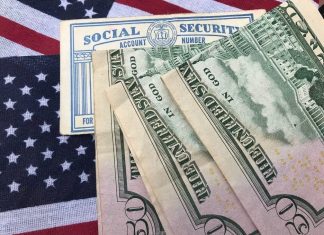Is it ok to talk about Cracker Barrel again? Well, here goes. Whatever you think of the American restaurant chain’s spectacular volte-face earlier this year, it got me thinking…
And one thing stood out more than anything: the $100M to $200M wiped off the company’s stock immediately after the new brand was revealed. This wasn’t just a PR disaster—it was a rare, brutal insight into the tangible value of “brand”.
Yes, technically, it was a failure on several fronts. But this one was a masterclass.
When it comes to selling what we do, it can be tricky. Of course, there’s a logo and a colour palette (there’s a lot more to it than that, by the way)—but when we talk about a brand’s long-term value, cultural resonance and, indeed, equity, quite often we’re asked “But what is it actually gonna be worth?”. We can reference sentiment metrics and awareness scores, but generally, it’s incredibly difficult to qualify because brand value doesn’t fit neatly into a spreadsheet.
Until it does.
Cracker Barrel gave us something most brands never do: a controlled experiment in brand value. The same company, same fundamentals, different visual identity—instant market reaction. The stock market, that cold-blooded arbiter of value, put a price tag on brand perception in real time. And it was eye-watering.
The thing is, brand value is notoriously difficult to quantify. It’s not defined by financial fireworks alone, but by the strength of the position that brand occupies in the most coveted real estate in the world: people’s minds. It’s defined by the renown. The fame. The emotion (in the case of Cracker Barrel, the nostalgia). It’s the fairy dust that makes customers choose you over a competitor even when you’re more expensive. Think Heinz. Think Aesop. That’s where the real value lives.
Consider this: The Economist reports that brands account for more than 30% of stock market value for S&P 500 companies. The World Economic Forum found that three-fifths of CEOs believe brand and reputation represent over 40% of their market cap. McKinsey revealed that strong-reputation brands generate 32% more shareholder return than average, and 56% higher total returns.
These aren’t vanity metrics. This is cold, hard cash.
What the company got wrong wasn’t modernisation—they desperately needed it. Their net income had plummeted from $99 million in 2023 to $40.9 million in 2024. The mistake was forgetting that Uncle Herschel wasn’t just a doddery old man leaning on a barrel. He was decades of accumulated meaning, memory, and cultural shorthand. He was equity you couldn’t manufacture overnight, no matter how many focus groups you ran.
When they airbrushed him away, the market immediately priced in that loss. $100 million. Gone. That’s your brand value, quantified.
But here’s where it gets more complex. That $100 million drop wasn’t just about destroying brand equity in the traditional sense—it was about stepping into a cultural minefield. The rebrand became instantly politicised with the White House directly communicating with the company about the reversal. What looked like a simple design update became a proxy battle in America’s culture wars.
This adds another layer to brand value that’s even harder to measure: cultural positioning. Cracker Barrel’s entire brand is steeped in Southern Americana and early-1900s nostalgia, which made it particularly vulnerable to being weaponised in political discourse. The market didn’t just react to a design change; it responded to the perceived threat of a brand abandoning its cultural territory in an intensely polarised moment.
The irony? In trying to escape irrelevance, they destroyed the very thing that made them relevant. The lesson for all of us isn’t “never change”—it’s that evolution requires understanding what you’re actually worth. Not just financially, but emotionally and culturally—and yes, politically, whether we like it or not.
So now that the dust has settled, I see this: Cracker Barrel gave every CMO and CFO a case study worth its weight in Southern-style biscuits. Sometimes you need to break something valuable to realise what it was worth.








